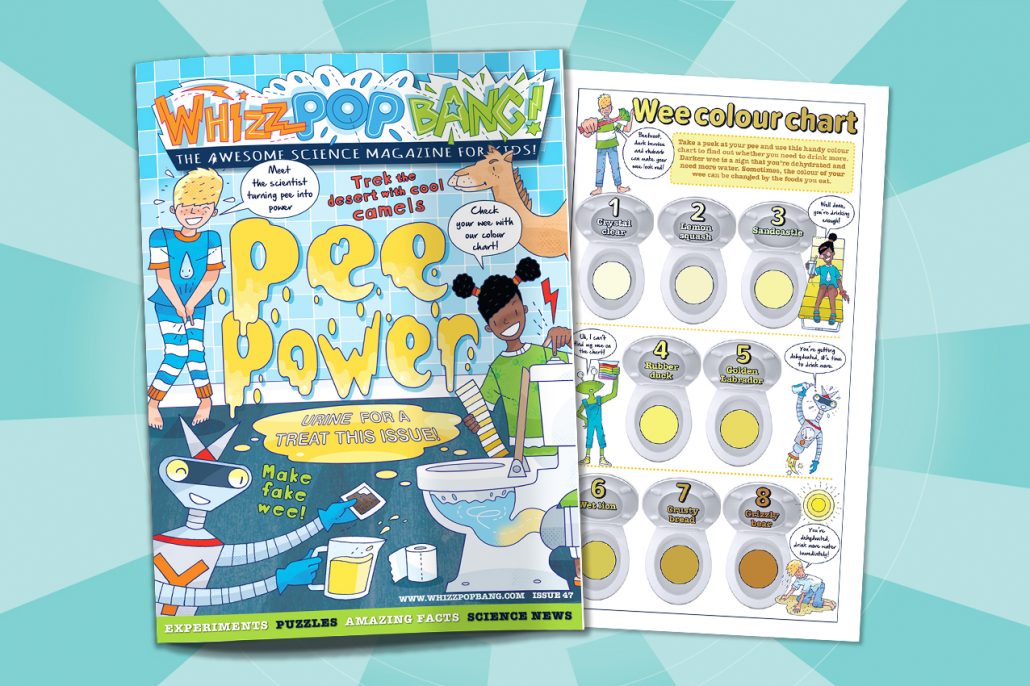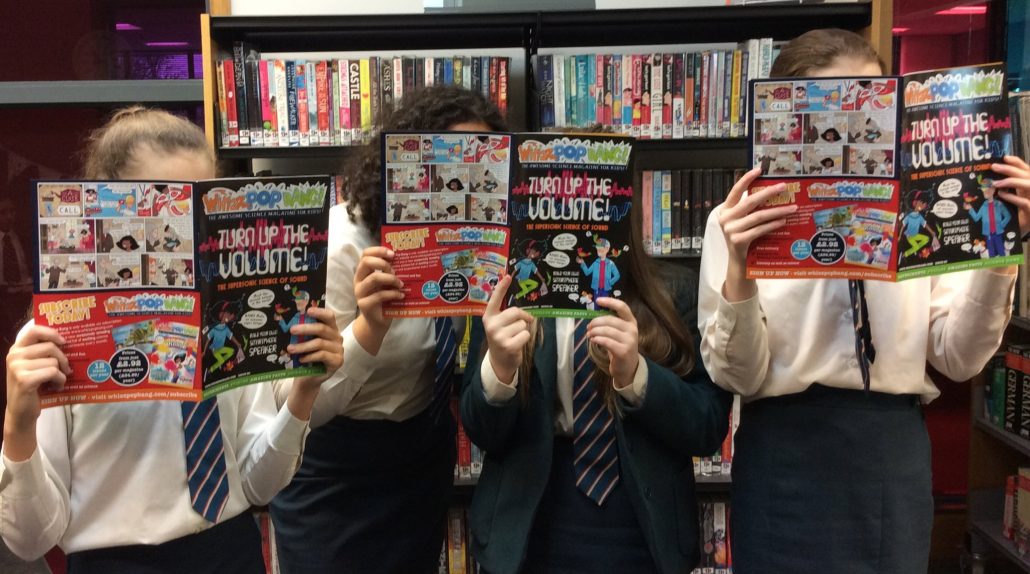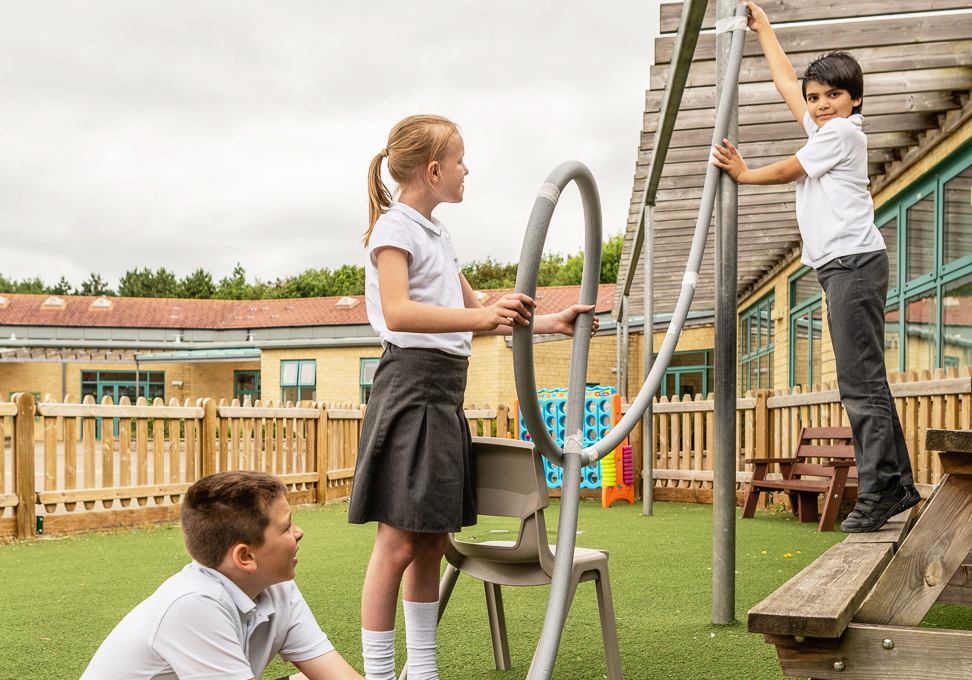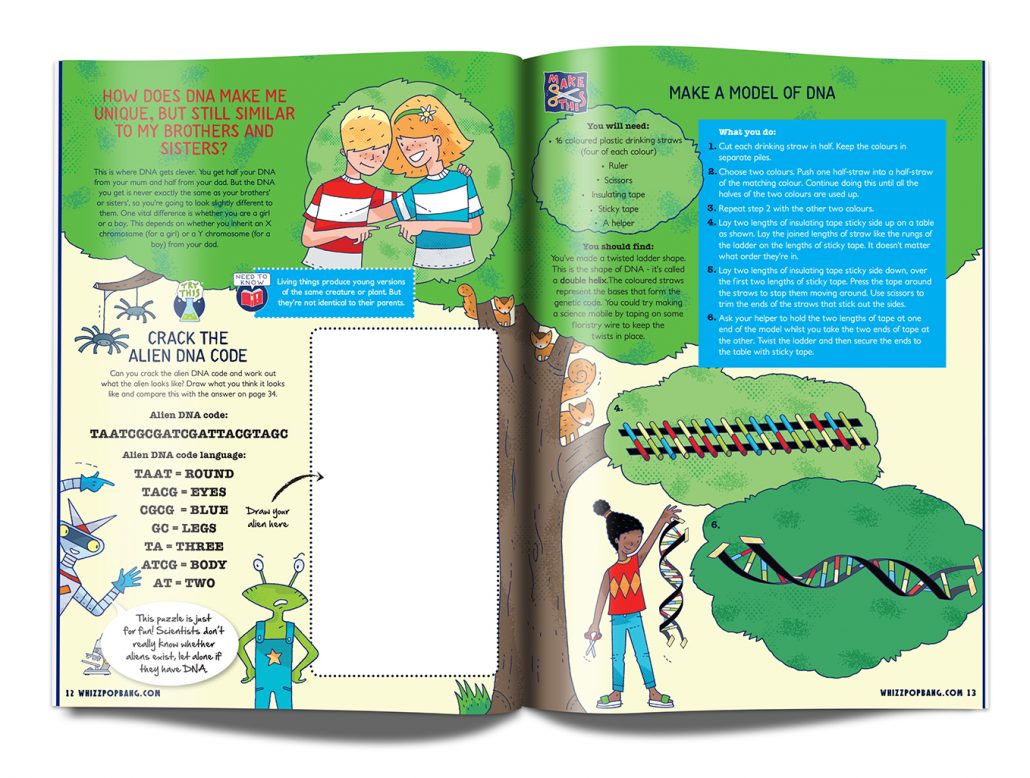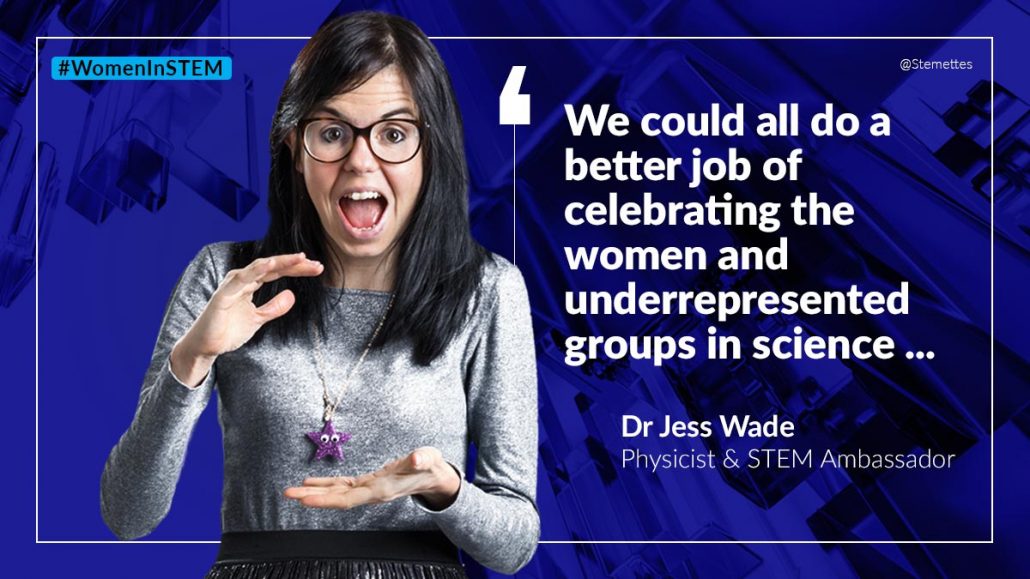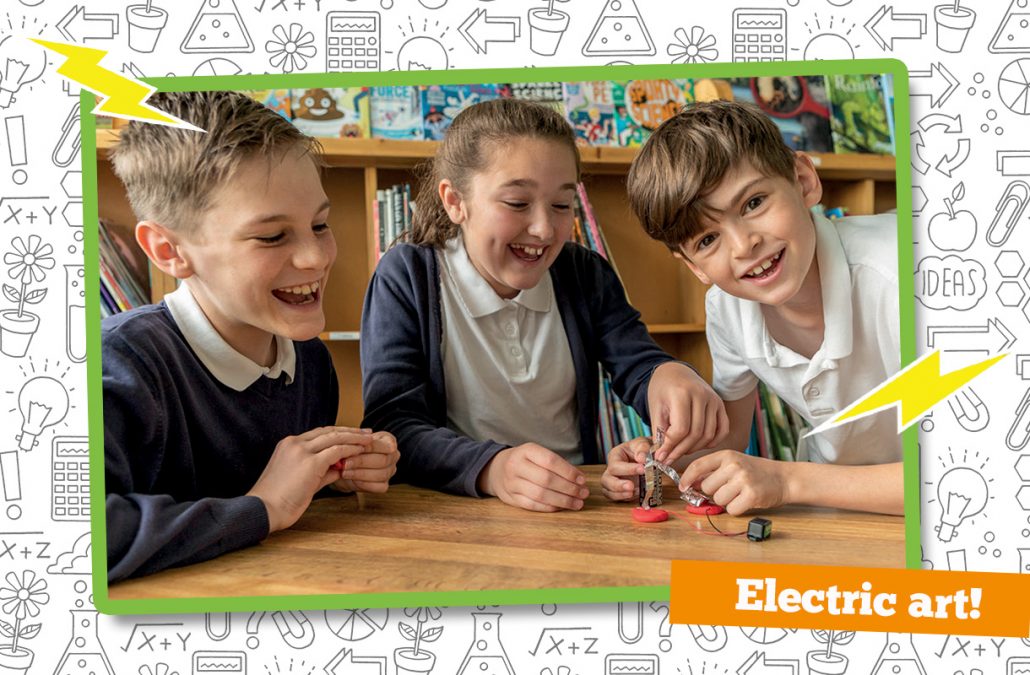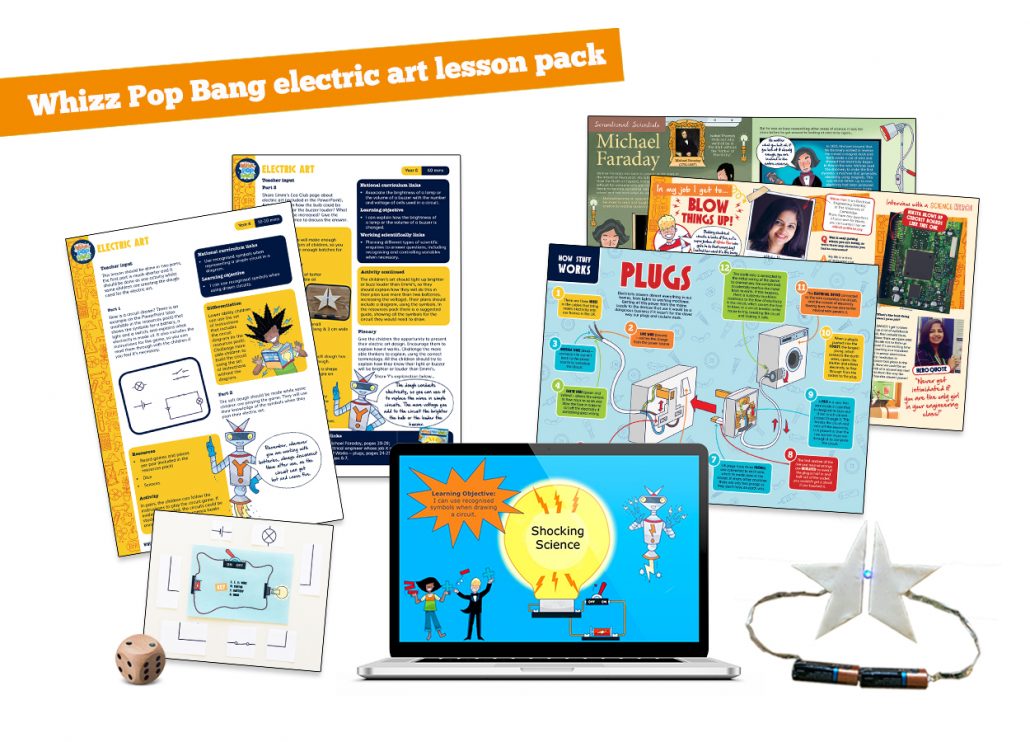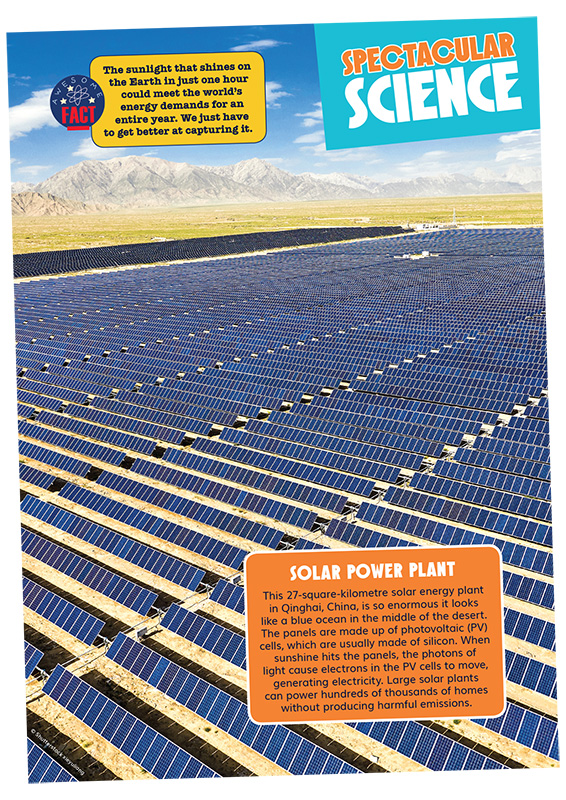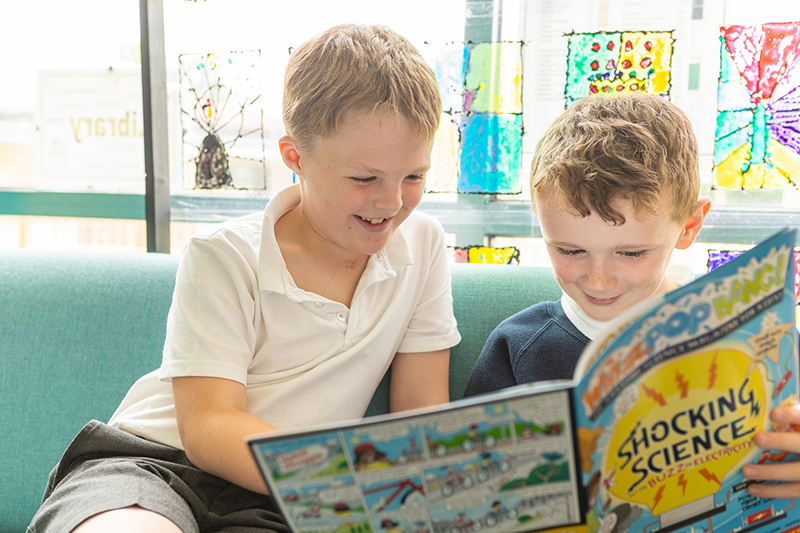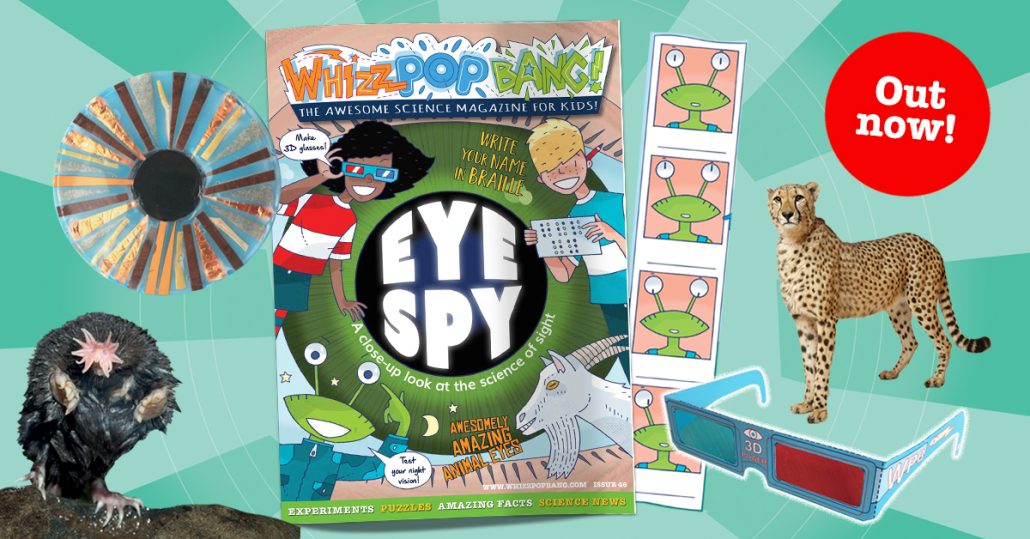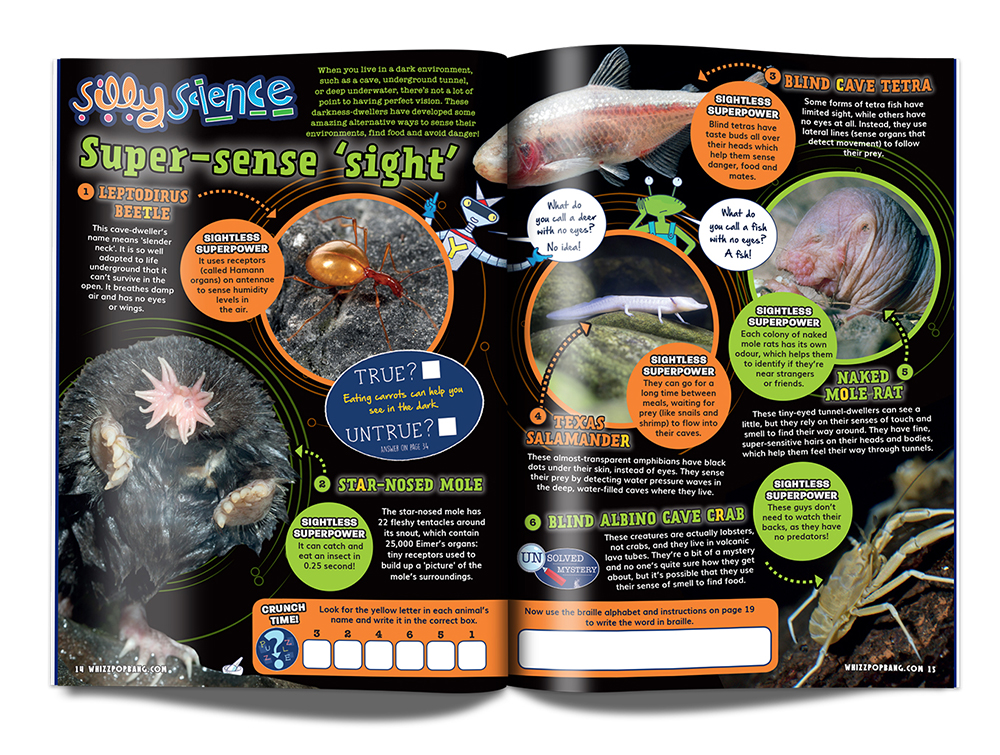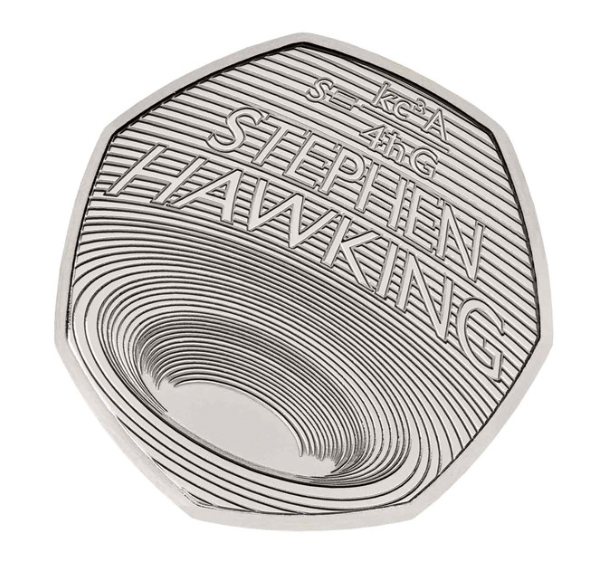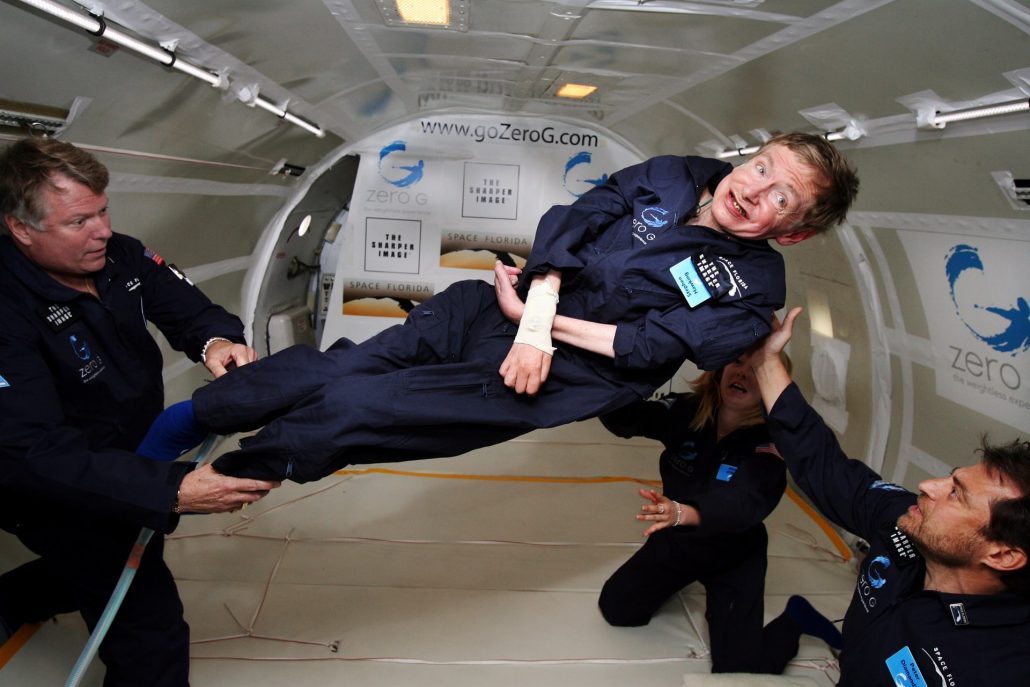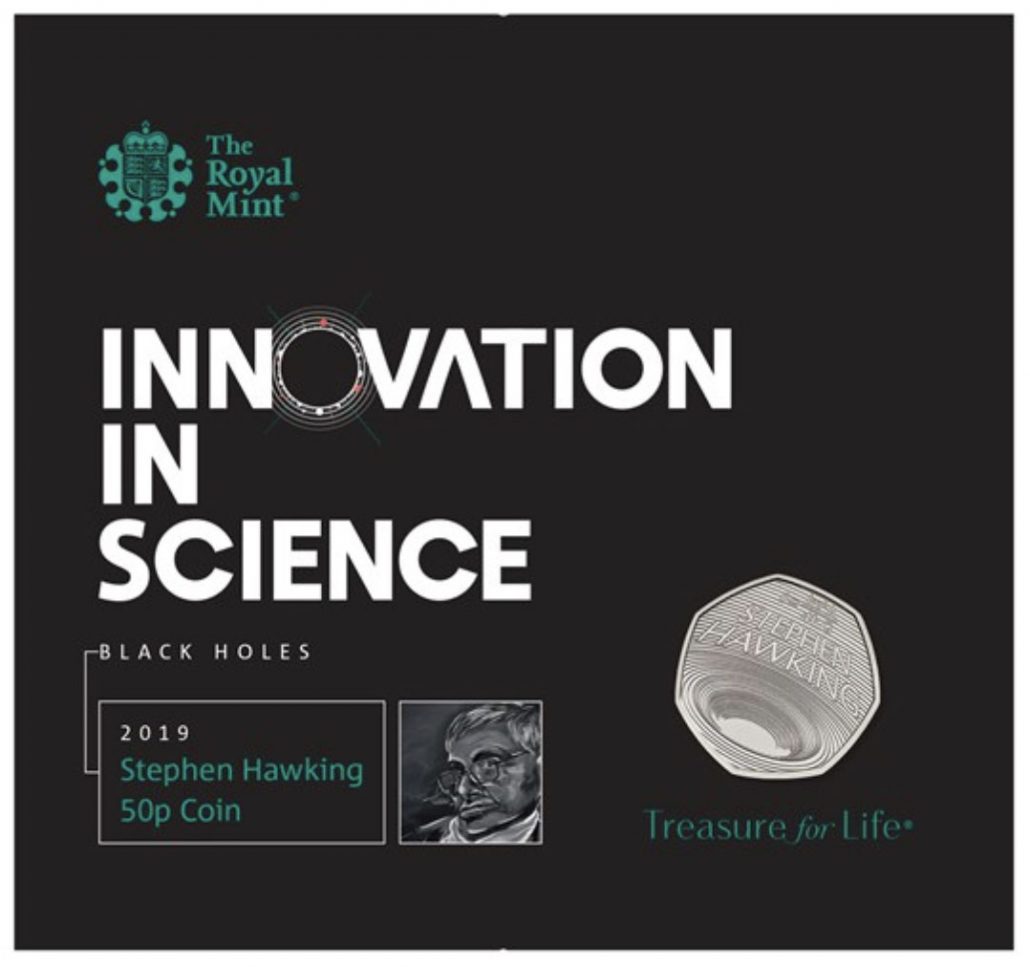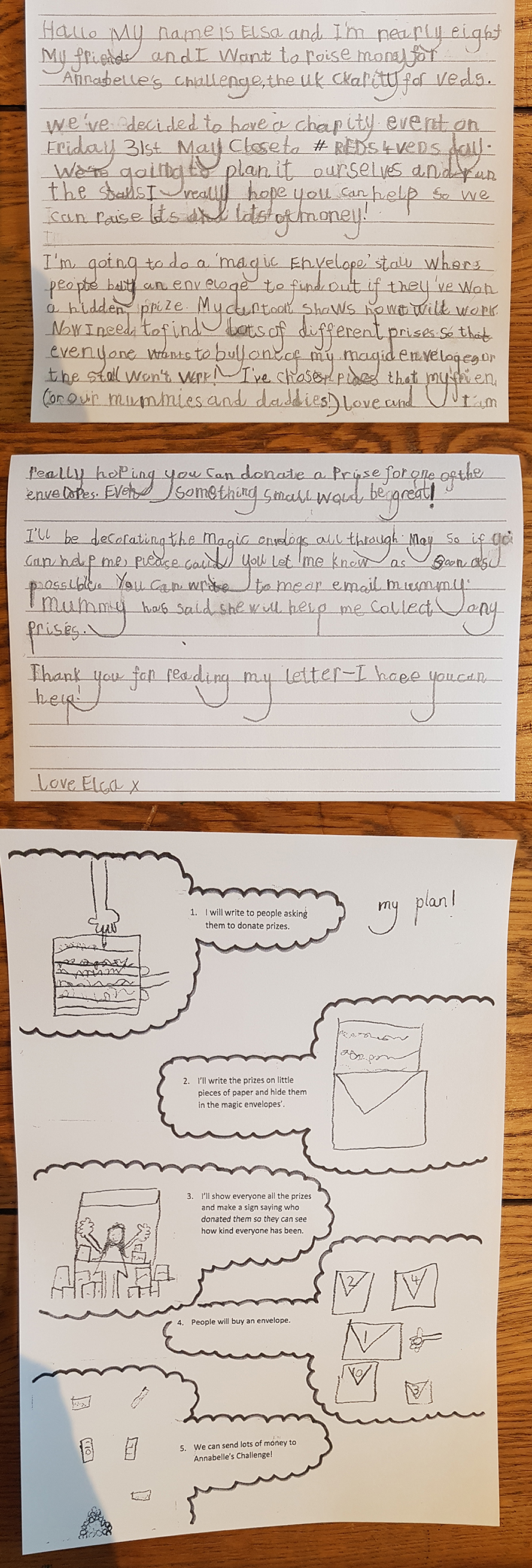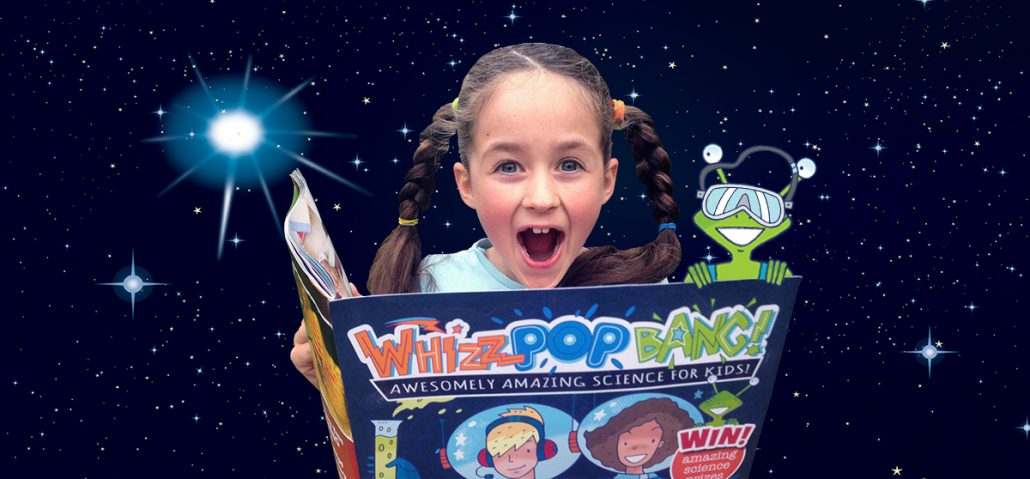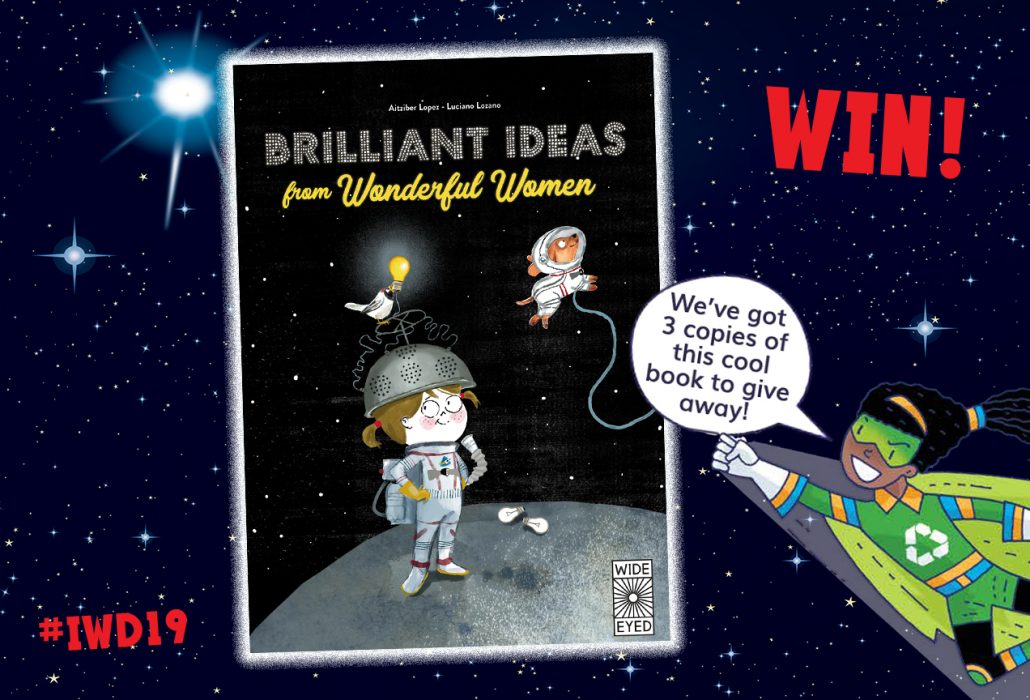Hello teachers! Our newest resources are available to download, and they make the perfect accompaniment to the awesome Eye Spy edition of Whizz Pop Bang.
Year 6 and P7: Make a Periscope Lesson Pack
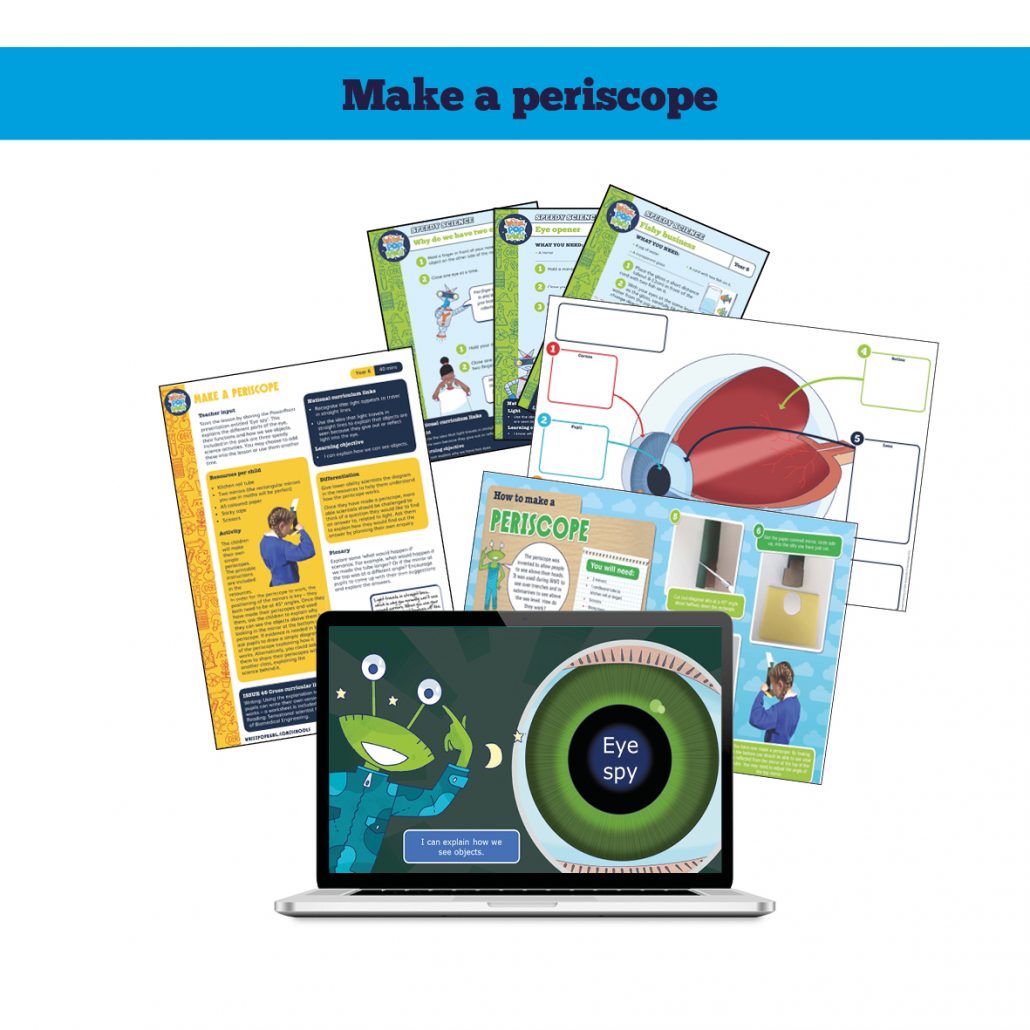
linking to the ‘light’ and ‘vibration and waves’
In this light investigation lesson pack, pupils will discover how light travels in straight lines and reflects off objects so we can see them. Pupils will learn about the different parts of the eye, including the cornea, lens, pupil, retina and iris. Using mirrors and a kitchen roll, pupils will investigate light by building a simple periscope.
This downloadable pack includes:
- A lesson plan, complete with top tips for setting up the activity
- Printable instructions for the activity
- A PowerPoint presentation that explains how we see
- A writing frame for an explanation text with a diagram of the eye, to be used in English lessons
- Three speedy science activities
Year 6 and P7: Bionic Eye Interview Reading Comprehension
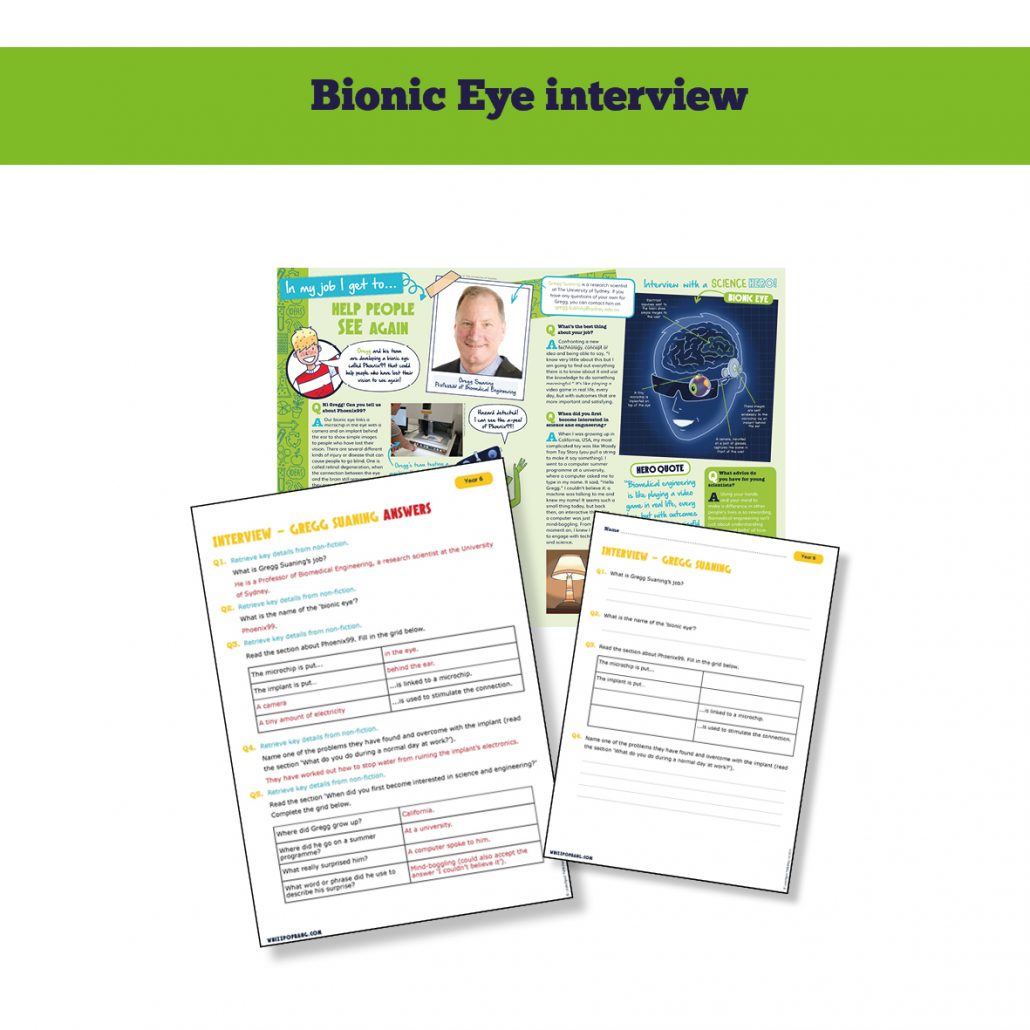
This non-fiction Bionic Eye Interview text links to the ‘light’ and ‘vibrations and waves’ topics for year 6 and P7. The interview with Gregg Suaning, a Professor of Biomedical Engineering, explains how his team is developing a bionic eye called Phoenix99 that could help people who have lost their sight to see again.
This downloadable reading pack includes:
- An A3 reading spread for you to print
- Reading comprehension question sheet
- An answer sheet including the objective for each question, which is taken from the reading National Curriculum
This historical scientist biography text for year 6 and P7, linking to the topics *light* and *vibrations and waves*, describes how Patricia Bath invented the ‘Laserphaco Probe’. This invention uses lasers to help break up and remove cataracts through a cut in the eye just 1 mm long. It has been used by eye doctors around the world.
Year 6 and P7: Historical Scientist Patricia Bath Reading Comprehension
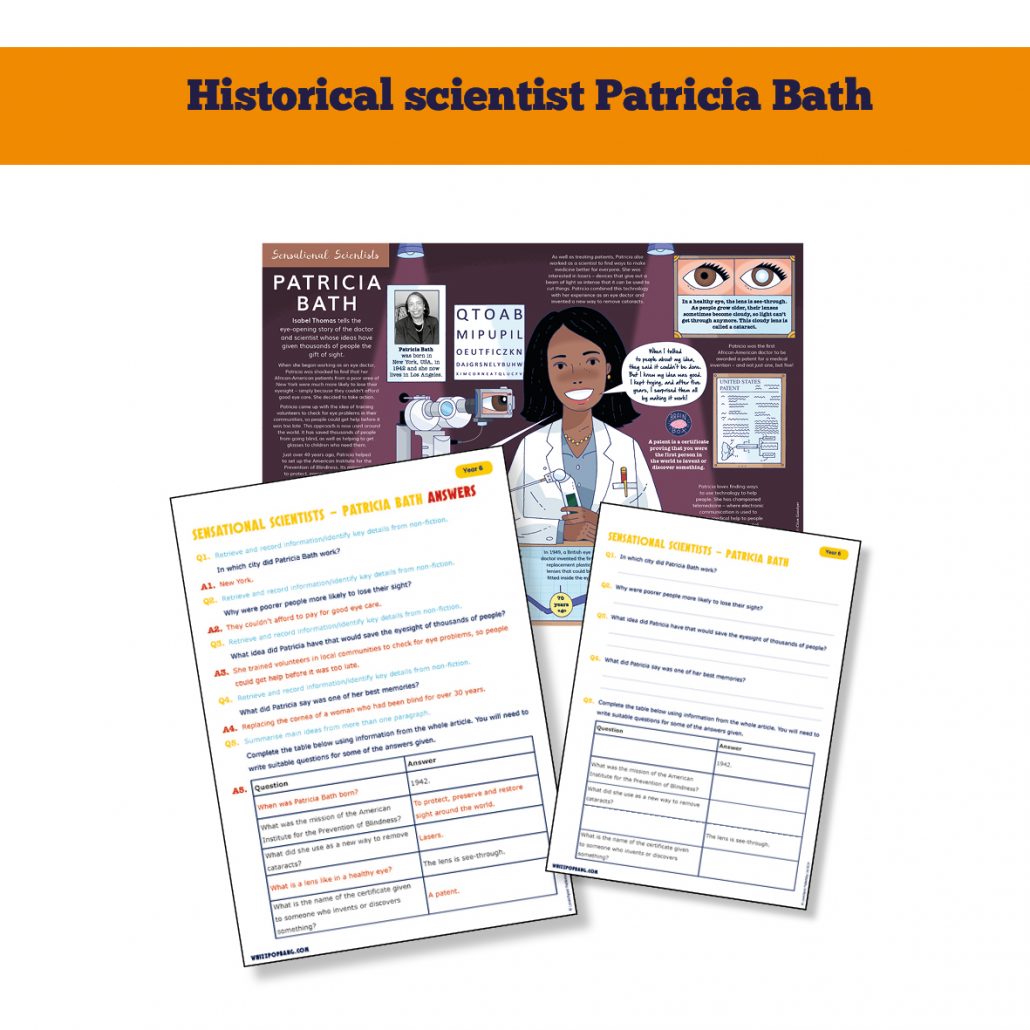
This downloadable reading pack includes:
- An A3 reading spread for you to print
- A reading comprehension question sheet
- An answer sheet including the objective for each question, which is taken from the reading national curriculum
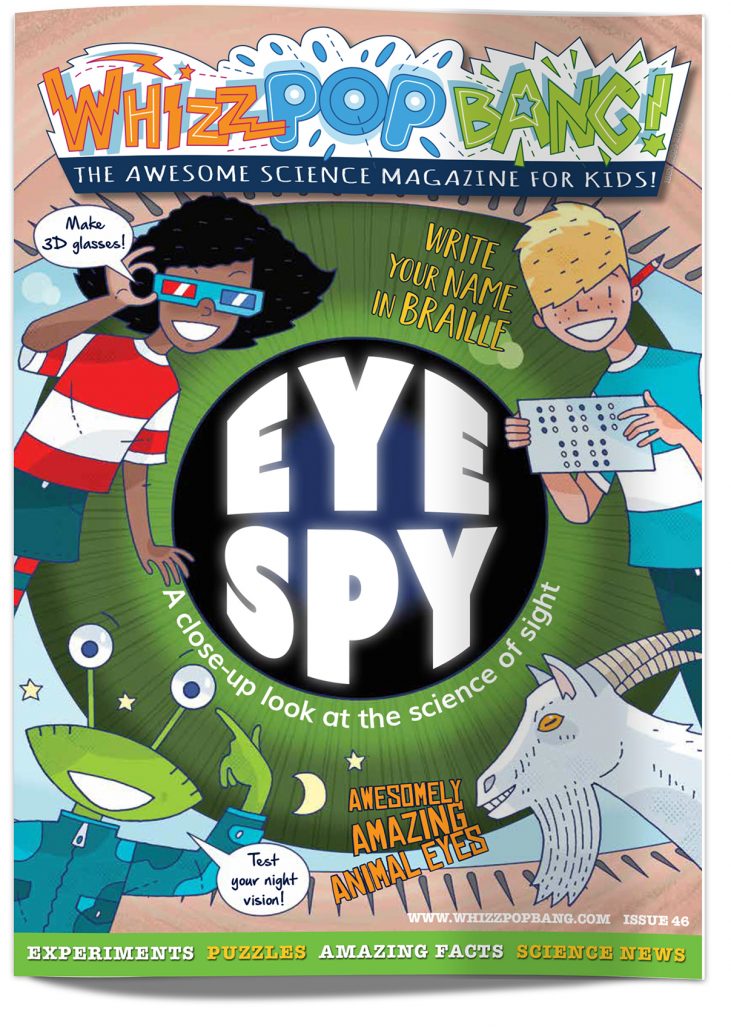
Inside this eye-poppingly exciting edition of Whizz Pop Bang you’ll find all sorts of ways to trick your eyes!
You’ll meet a cheetah – they’re spotted, speedy and have super-sharp sight – and learn how creatures who live in the dark sense their surroundings.
You can also discover how microscopes work and have a go at making some fantastic 3D glasses.
| Not yet a subscriber to our downloadable teaching resources? |

